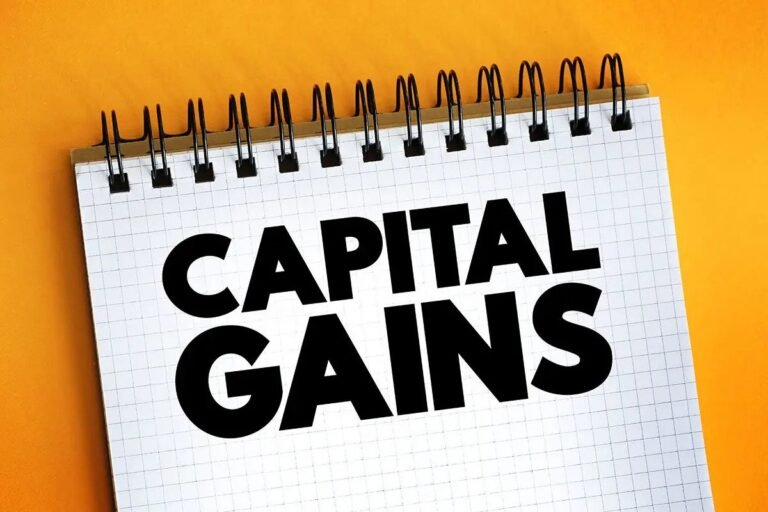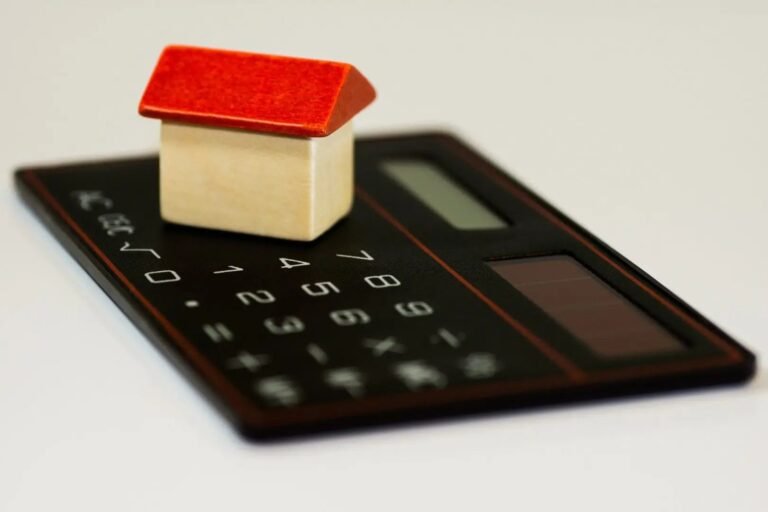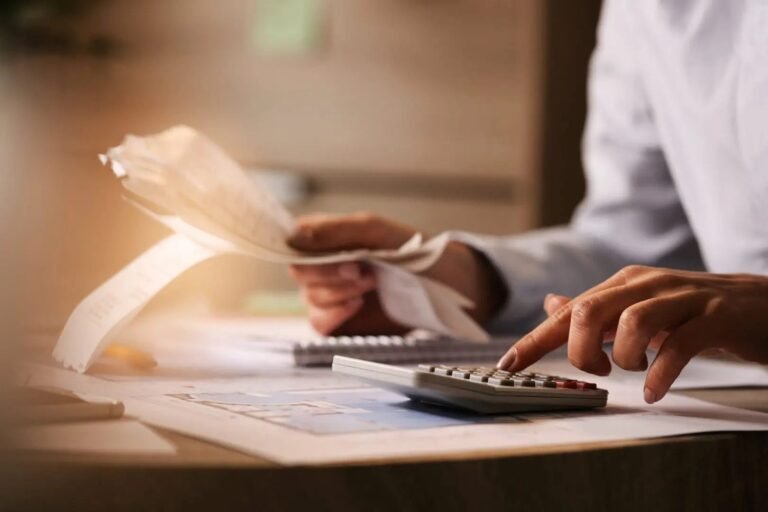When it comes to running a property business, there are many costs to consider, including the cost of purchasing and maintaining assets such as machinery and equipment. Fortunately, there is a way to reduce the tax burden on your property business by claiming capital allowances on property.
Capital allowances are tax deductions you can claim on assets you purchase and use in your business. This includes items such as machinery, equipment, fixtures and fittings within a property. Capital allowances can help to reduce your taxable profits and therefore your tax bill.
If you own or are looking to purchase a property for your business, it’s important to understand how to claim capital allowances on property. Here’s a step-by-step guide to help you navigate the process.
Steps to Claim Capital Allowances on Property

01
Understand what Capital Allowances are
Before you can start claiming capital allowances, it’s important to understand what they are and how they work.
Capital Allowances for property businesses refer to the tax relief that can be claimed on capital expenditure on commercial properties used in a business or furnished holiday let. This includes the cost of any fixtures and fittings that are integral to the property, such as heating and lighting systems, air conditioning, and security systems.
02
Determine what Assets Qualify for Capital Allowances
Not all assets are eligible for capital allowances. It’s important to check whether an asset qualifies before claiming capital allowances on it.
For a property business, the following may qualify for capital allowance. However, these may be subject to specific rules or restrictions.
- Fire Escape
- Heating System
- Security System
- Lifts
- Air Conditioning Units
03
Keep Detailed Records
To claim capital allowances, you’ll need to have detailed records of the assets you’re claiming, including their purchase price, date of purchase, and the amount you’re claiming.
It’s important to keep accurate records to support your claim, as HMRC may ask for evidence.
04
Obtain a Capital Allowances Report
If you’re purchasing a property or making significant improvements to an existing property, it’s a good idea to obtain a capital allowances report from a specialist firm.
The report will identify which assets within the property qualify for capital allowances and the amount that can be claimed. This will help to ensure that you’re not missing out on any valuable tax relief.
UKPA has a team of experts who can provide capital allowance reports and help you make your claim.
05
Make a Claim on Your Tax Return
If you’re eligible to claim capital allowances, you’ll need to include this on your tax return. You can do this by completing the capital allowances section of your tax return and providing the necessary details of the assets you’re claiming for.
If you’re not confident in completing your tax return, it may be worth seeking the advice of a tax professional.
06
Keep Track of Changes
It’s important to keep track of any changes to the assets you’re claiming for, such as disposals or replacements, as this may affect the amount of capital allowances you can claim. If there are any changes, you’ll need to adjust your claim accordingly.
Conclusion
In conclusion, claiming capital allowances on the property can be complex, so it’s important to seek professional advice if you’re unsure about anything. By following these steps, you can ensure that you’re taking advantage of all the tax relief available to your business and reducing your tax bill in the process.









